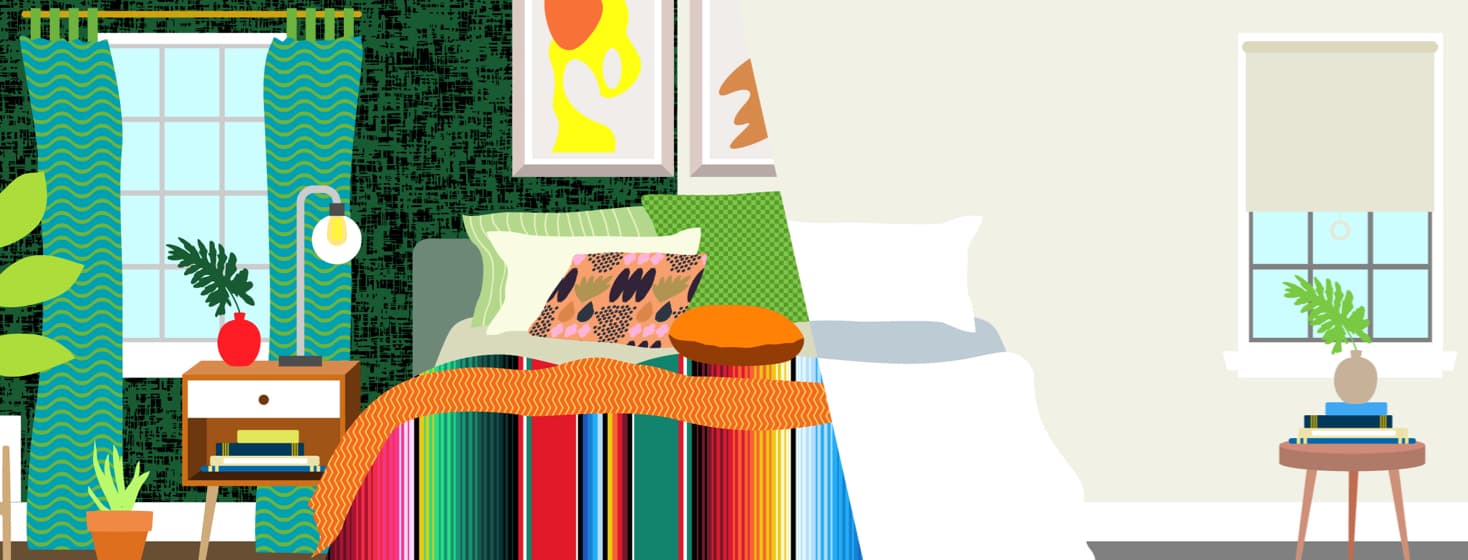Minimalism and Heart Failure
I am a big proponent of minimalism. Simply put, minimalism is a movement where people get rid of items that they do not need. It’s about minimizing obsession with materialistic objects and gravitating towards a simpler life where we can focus on the things that bring us meaning.
You might be wondering - what does minimalism have to do with heart failure? Minimalism won’t help an individual with heart failure breathe better, nor will adopting this lifestyle reduce a medication dose. However, I believe that it has the potential to enhance many people's lives, especially those who live with chronic conditions.
The patient experience
A patient in the pharmacy recently told me how she sold most of her possessions, packed up what was absolutely necessary, and downsized into a 500 square foot condo. She claims that she feels lighter and is better able to manage her medications, focus on her health, and reserve her energy for tasks that bring her joy.
She now spends less time cleaning, is less overwhelmed with daily tasks, and has discovered an unexpected perk in that she is saving more money. More importantly, freeing up these mundane tasks has allowed her to spend more time focussing on self-care and spending time with loved ones.
My personal experience
In 2020, I set out to live an entire year where I focussed on decluttering my home and avoiding non-essential item purchases. For a whole year, I did not purchase any clothes, shoes, home decor, kitchen appliances, etc.
In my case, I had enough clothes and shoes to last quite some time. I donated several items and the only items that remained were those that I used often and served a purpose. I found the exercise surprisingly easy and refreshing: I no longer spent my days off aimlessly wandering malls; I didn’t have to focus on home reorganization; long gone were the days of misplacing and losing items. More importantly, after the year, I felt a great sense of freedom in knowing that my happiness was not tied to any physical object.
Starting down your path towards minimalism
Minimalism may not be for everyone, but if you are finding that you are overwhelmed with living in your space, it may be worthwhile to try. There are multiple blogs on minimalism that can help you get started on this path. While I am no expert, the following has helped me in my own journey:
- Start by decluttering one part of your home at a time. Ask yourself hard questions. For example, do you really need 5 Christmas mugs? If you haven’t ever used that bread maker you purchased 10 years ago, would you really use it now?
- For most people, the attic and/or garage will be the most overwhelming decluttering experience. I suggest leaving that for last.
- Declutter your wardrobe. Some people find that having a capsule wardrobe -- a small number of clothes that you actually love to wear -- removes the stress of selecting an outfit to wear in the morning.
- Try a no-spend challenge. This challenge will open your eyes to just how little we actually need.
Do you follow some minimalism habits? Share your experiences below!
Do you have a heart failure story? Click the button below to share with our community!

Join the conversation